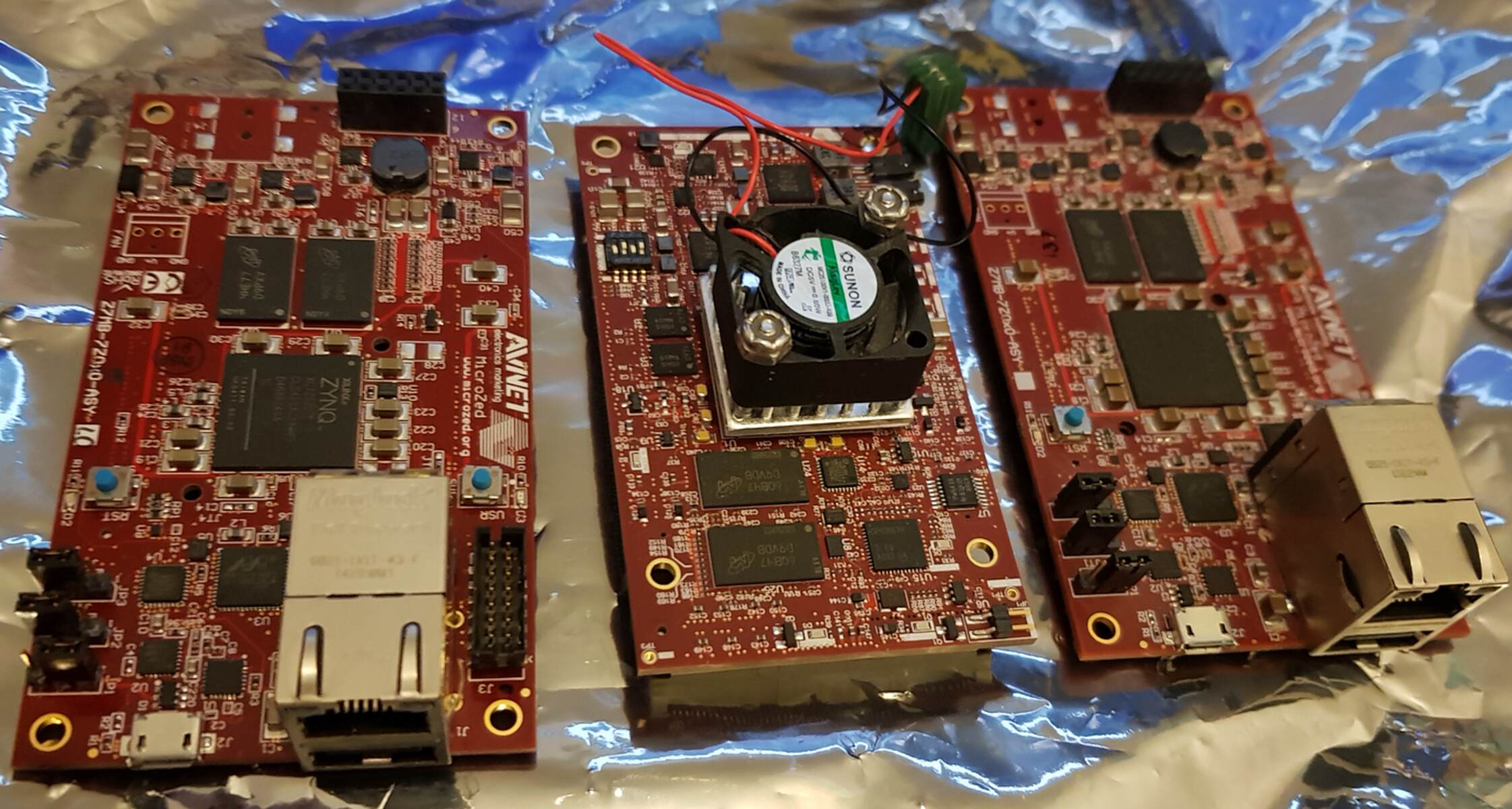Introduction
Welcome to the world of digital design!
Among the various options available, two common choices are Block RAM (BRAM) and registers.
These memory elements play a crucial role in storing data and are vital components in any digital system.

So, lets dive in and explore the world of Block RAM and registers!
On the other hand, registers are small storage units that can hold a limited amount of data.
They are implemented as flip-flops or other sequential circuits within a design.
Registers offer lower storage capacity compared to BRAM but provide faster access times.
Registers excel in applications that demand high-speed data processing and minimal latency.
The choice between Block RAM and registers depends on the specific requirements of your design.
BRAM offers a dedicated and efficient solution that can handle the storage and retrieval of massive amounts of data.
On the other hand, if your design emphasizes speed and low latency, registers are the better choice.
Its important to note that the use of Block RAM or registers is not mutually exclusive.
In many designs, a combination of both memory elements is utilized to capitalize on their respective strengths.
One of the key advantages of using Block RAM is its high storage capacity.
In addition to its high storage capacity, BRAM also provides fast access times.
It enables quick read and write operations, allowing for efficient data retrieval and storage.
Block RAM also offers built-in read and write port configuration flexibility.
Depending on your design requirements, you might implement a single-port or dual-port BRAM configuration.
Another advantage of using BRAM is its ability to implement complex memory-centric functionalities.
BRAMs versatility and flexibility make it a powerful memory resource that can be tailored to different design requirements.
Furthermore, Block RAM is typically implemented as dedicated memory elements within an FPGA or an ASIC.
This dedicated implementation ensures that the memory access is optimized and efficient, enhancing overall system performance.
One of the key advantages of using registers is their fast access times.
Registers are implemented using flip-flops or other sequential circuits, which allow for quick storage and retrieval of data.
Another advantage of registers is their ability to support high-speed data processing.
Registers also offer a compact memory footprint.
UnlikeBlock RAM, which requires dedicated resources, registers can be implemented using existing flip-flops within the design.
This saves valuable resources and allows for efficient utilization of available FPGA or ASIC resources.
In addition to their fast access times and compact memory footprint, registers provide excellent synchronization capabilities.
This synchronization feature is critical in designs with multiple clock domains or complex data pipelines.
Furthermore, registers can facilitate efficient data flow and ensure proper timing coordination in multi-cycle operations.
This technique allows for parallelism and more efficient resource usage.
Lastly, registers offer the advantage of low power consumption.
Compared to Block RAM, registers consume minimal power, making them suitable for designs with stringent power requirements.
Here are some factors to consider when selecting between Block RAM (BRAM) and registers:
1.
Data Storage Needs:Evaluate the amount of data that needs to be stored in your design.
Access Time Requirements:Consider the timing requirements of your design.
If it requires fast access times and minimal latency, registers offer the advantage of quick data retrieval.
Design Complexity and Resource Utilization:Evaluate the design complexity and available resources in your FPGA or ASIC.
Registers have a compact memory footprint and can be implemented using existing flip-flops, optimizing resource utilization.
In contrast, Block RAM requires dedicated resources and may consume more logic and routing resources in your design.
- utility-specific Functionality:Consider the specific functionality required by your design.
Power Considerations:Analyze the power requirements of your design.
If power consumption is a significant consideration, registers may be the preferred choice.
Consult the documentation and specifications of your unit to ensure compatibility and optimal utilization of resources.
Both memory elements offer unique advantages and cater to specific design requirements.
Evaluating these factors will help you determine whether Block RAM or registers are more suitable for your project.
Its important to remember that the choice of memory element is not mutually exclusive.